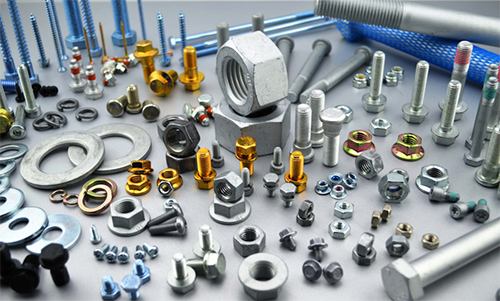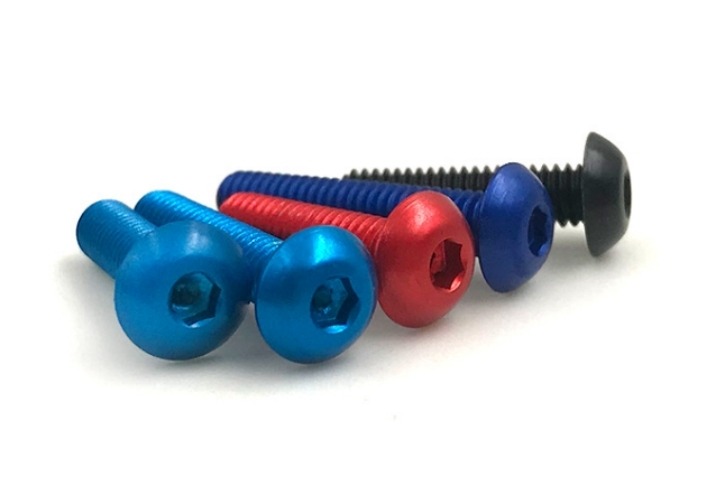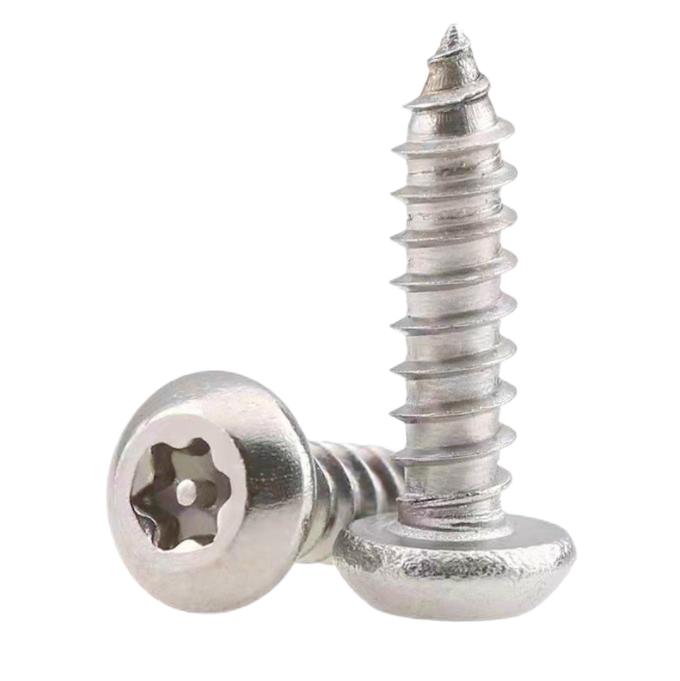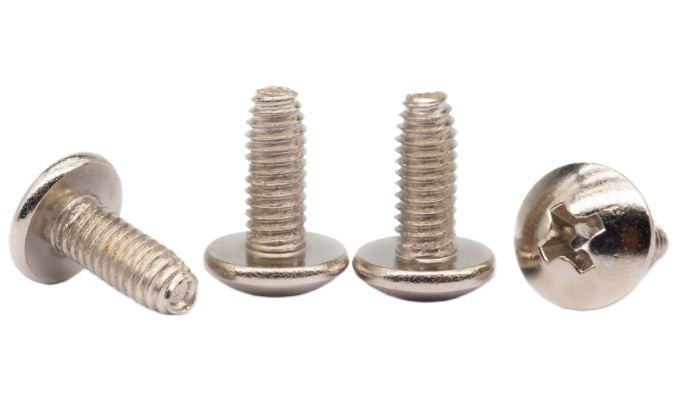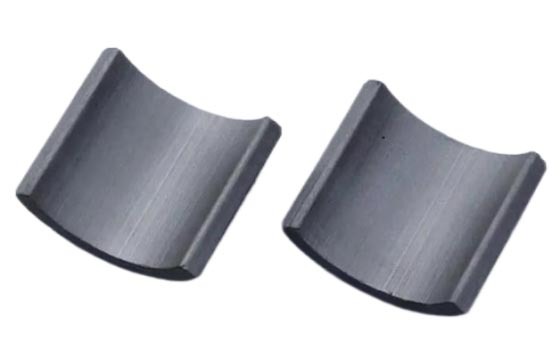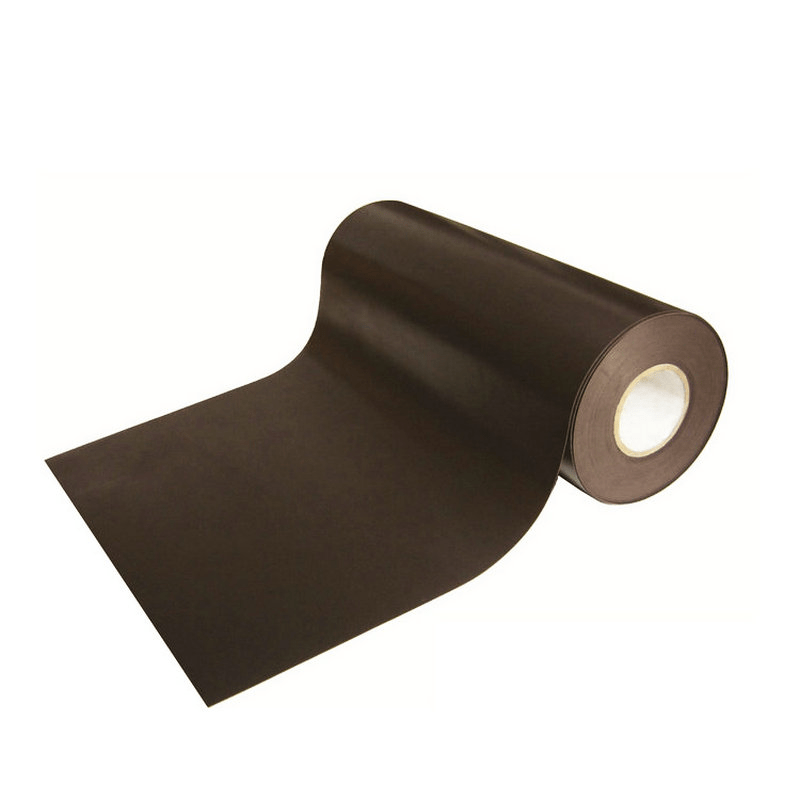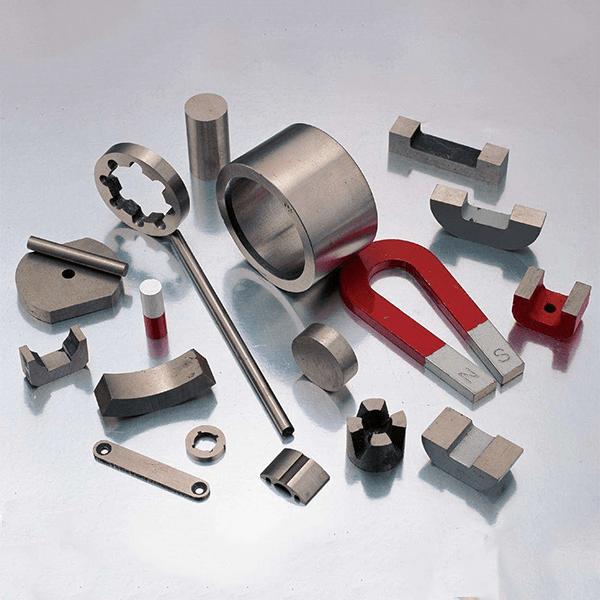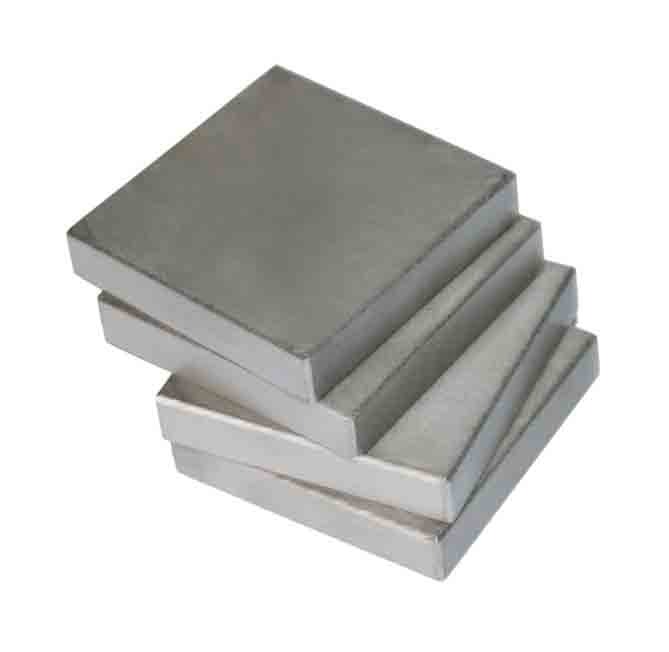Flow Drill Fastening – New Screwing Technology Used in the Automobile Industry
In the fastener industry, there is a new flow drill fastening technology, which does not require pre-drilling and can be directly tapped under the closed profile to achieve connection. In the automotive industry, such as BMW, Mercedes, and Audi, this technology is being widely used. Here we want to introduce you to what is flow drill fastening and what are the advantages when used in the automobile Industry.
Flow drill fastening is a connection process of high-speed rotation, self-tapping and final tightening. This process can realize a unilateral connection with small deformation and is a detachable fastening method. It is a cold-forming process that transmits the high-speed rotation of the motor through the central tightening shaft of the equipment to the plate to be connected, generating heat due to friction and producing plastic deformation, and then self-tapping and screwing.
What Is The Whole Process Of Flow Drill Fastening Technology
The FDS screw (also named FFS screw), is the abbreviation of Flow Drill Screw and Flow Form Screw. At the beginning of the fastening process, it is placed on the surface of the aluminum plate or thin steel plate without pre-drilling, and the high-speed rotating screw exerts high downward pressure on the surface of the workpiece while generating extremely high friction heat and melting the metal. Then, the top of the screw penetrates the material to form a hole and gradually starts tapping the thread. Once the thread is formed, the screw is tightened according to the preset torque.
The process includes six stages: rotation (heating) → penetration → through-hole → tapping → screwing → fastening.
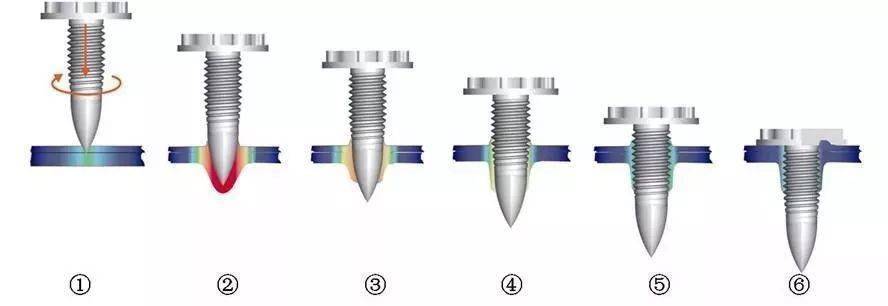
At the initial stage, the high-speed rotating motor drives the screw to contact the surface of the workpiece and applies downward axial pressure. The screw head rubs against the surface of the sheet metal and generates high temperature, which is basically from 600°C to 900 °C. The metal near the screw softens rapidly, and the heated material extends upward along the taper of the drill bit.
When the FDS screw penetrates the material, most of the sheet metal material will flow to the lower part of the hole to form a metal bushing and the inner surface of the bushing will form a meshing thread and tighten under the action of the FDS screw thread. The whole processing process only takes 1-6 seconds to complete the fastening connection effect and the torque can reach 15Nm.
At the same time, after the FDS screw are fastened in place, they will maintain for a period of time. Under the action of rotating torque, a preload will be generated, which can improve the reliability, anti-loosening ability, and fatigue strength of the thread connection and enhance the tightness and rigidity of the connection.
Why Use Flow Drills Fastening In the Automobile Industry?
At present, more and more automobile companies are starting to use the steel-aluminum hybrid body frame structure, adopting aluminum profiles, aluminum stamping, aluminum castings, and engineering plastics and composite materials such as carbon fiber, combined with various ultra-high strength steel plates to replace traditional steel plate components, to realize the lightweight and high strength of the body frame structure.
In the automotive industry, the main ways to connect aluminum are the traditional mechanical fastening SPR which is the abbreviation of the self-piercing riveting technology, and RSW which is an abbreviation of the resistance spot welding technology. SPR is a stable and replaceable process, but due to the need for many kinds of riveting die combinations, the equipment costs are expensive. Although resistance spot welding technology is mature and economical, it is limited to not connecting dissimilar metals. Both of these two processes require bilateral accessibility, which severely limits the design. So the technology of flow drill fastening is adopted.
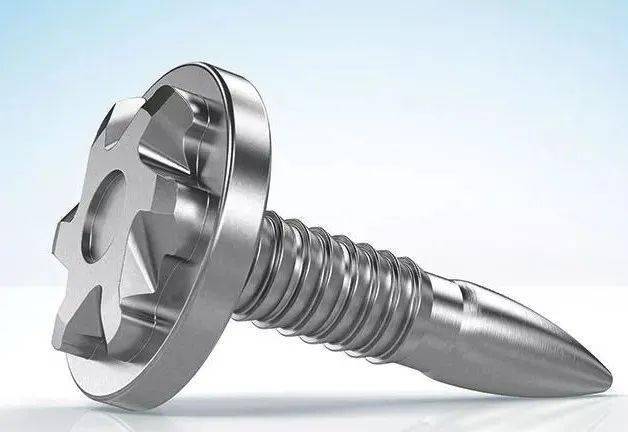
5 Advantages when used in the automobile Industry:
- No need for pre-punching
- It can complete the fastening connection between aluminum parts and aluminum parts, aluminum parts, and steel parts.
- Single-sided connection
- It is firmly fastened without adding any loosening parts
- Removable, no waste
Flow drill fastening technology is widely used in the automobile industry with the advantages of unilateral connection with small deformation, without pre-drilling and being removable. As one of the fastener supply companies, We KENENG provide fasteners for a wide variety of industries (including electronics, aerospace, marine, energy, construction, automotive, semiconductor, and more). If you have any interested products please feel free to contact us. We have professional engineers who can help you choose the material that suits your needs and meet your actual needs.

